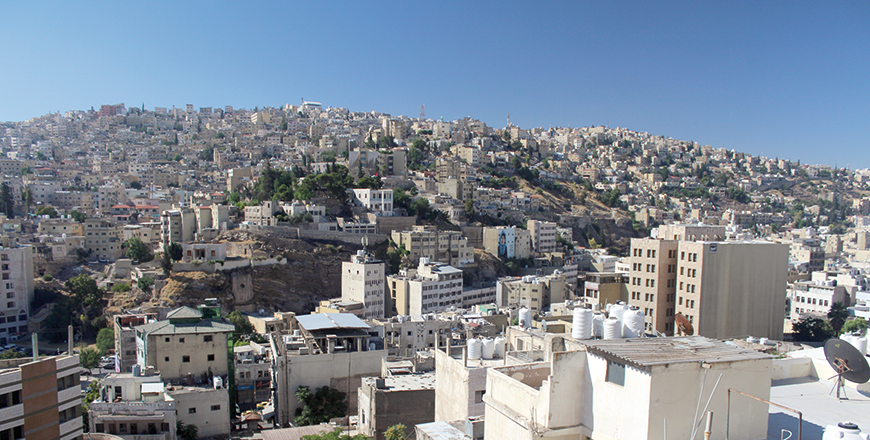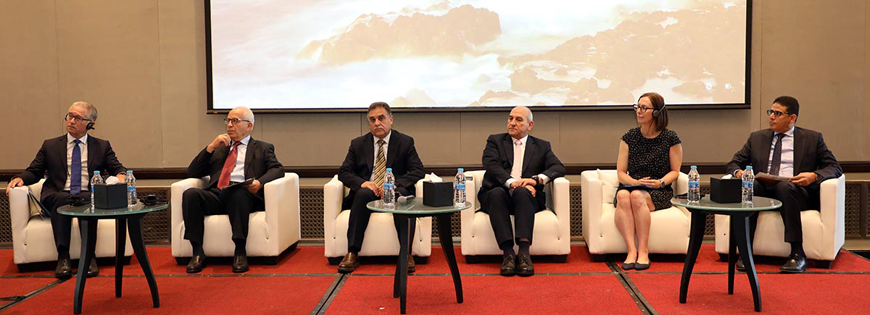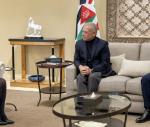You are here
Kingdom's population reaches 11.630 million — DoS
By JT - Jul 12,2024 - Last updated at Jul 12,2024

The Department of Statistics (DoS) says that the population of the Kingdom currently stands at 11,630,323, placing Jordan 11th among Arab countries and 86th globally in terms of population (JT file)
AMMAN — The population of the Kingdom currently stands at 11,630,323, placing Jordan 11th among Arab countries and 86th globally.
In a statement issued on the occasion of World Population Day, which is annually celebrated on July 11, the Department of Statistics (DoS) noted that Jordan experienced significant demographic changes in the second half of the last century, leading to a substantial increase in population, the Jordan News Agency, Petra, reported.
The population of Jordan grew from some 586,000 in 1952 to 11.516 million by the end of 2023, DoS added.
The department also expected that the population would rise to 11.956 million by the end of 2025, with the current annual growth rate at 1.9 per cent, which implies that the population will double in about 37 years.
Population growth rates have fluctuated considerably due to changes in fertility, mortality, and net migration.
The growth rate decreased significantly during the 1990s and the early 2000s from 4.4 per cent between the 1979 and 1994 censuses to 2.6 per cent between the 1994 and 2004 censuses.
However, the growth rate increased to 5.3 per cent between the 2004 and 2015 censuses due to political circumstances in the region that led to the influx of hundreds of thousands of Syrian refugees since 2011.
Jordan has made significant improvements in healthcare services, which resulted in lower mortality rates and a substantial increase in life expectancy, which reached 73.3 years for both genders according to the 2017-2018 Population and Family Health Survey.
The results of the most recent census in 2015 indicated that 34.3 per cent of the population were young (under 15 years old), while those aged 15-64 years, who constitute the labour force, made up 62 per cent. The elderly (65 years and older) accounted for 3.7 per cent.
Infant mortality rates decreased from their high levels in the referenced period from about 122 per 1,000 live births between 1952 and 1955 to 14 per 1,000 live births according to the 2023 Population and Family Health Survey.
Total fertility rates also dropped due to social, economic, and health changes, from 5.6 children per woman of reproductive age (15-49 years) in 1990 to 2.6 children per woman according to the 2023 survey.
The DoS highlighted that key social factors contributing to the decline in fertility rates include increased female education leading to higher educational qualifications, and their role in this field, particularly through the rise in economic participation among Jordanian women, where the revised economic participation rate was 14 per cent in 2023.
In terms of education, the Kingdom has also made significant strides, reducing illiteracy rates from 16.7 per cent in 1991 to 5 per cent in 2023. The proportion of Jordanians with secondary education or higher increased to 42.9 per cent according to the 2023 Labour Force Survey.
Related Articles
AMMAN — Jordan's population reached 11.302 million people by the end of 2022, according to the Department of Statistics (DoS).Marking World
AMMAN — The average family size in Jordan is 4.8 members, with 15 per cent of households headed by women, and one-third of family members ar
AMMAN — In Jordan, anemia is a common problem in children, with approximately one-third of children aged 6-59 months being anemic, according

















